Demystifying Amazon RMA: Your Ultimate Guide to Processing Returns
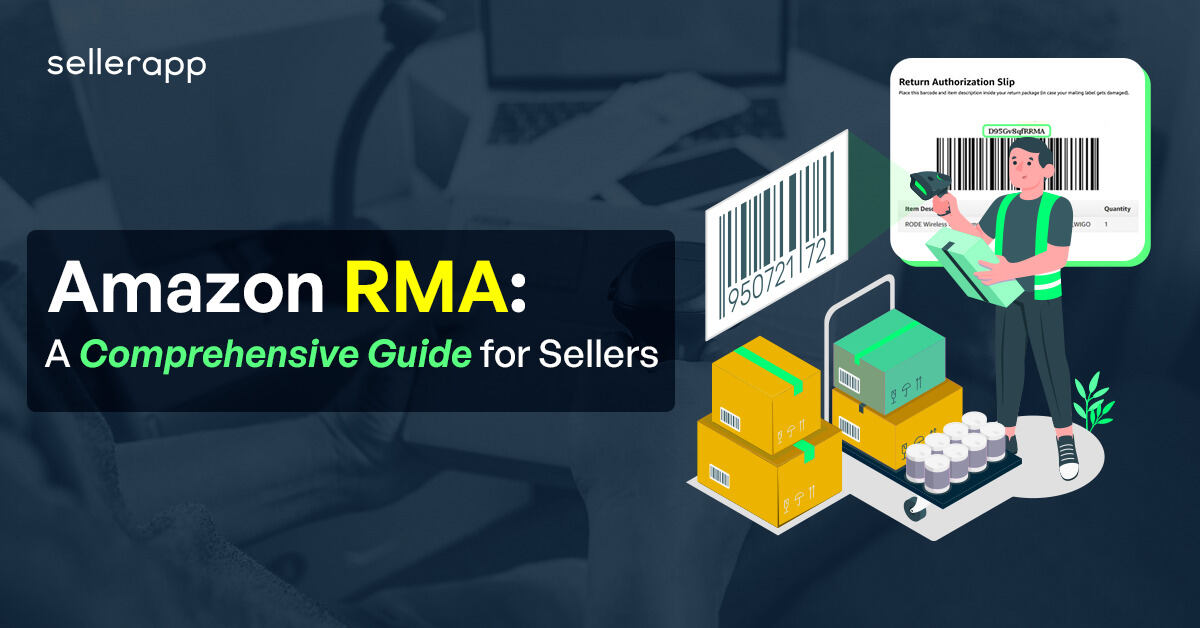
Most sellers often don’t think about the return logistics when starting their Amazon selling business.
Not only is it extremely demotivated to get return requests on your orders, but you also have quickly refund your customers to provide a robust customer experience.
However, with Amazon RMA, you can seamlessly navigate the complexities of the return process and improve your customer experience.
So, before you start scratching your head, this blog will explain everything about Amazon RMA and how it helps streamline the Amazon return process.
Here is a quick peek into the article:
- What Does RMA Stand For?
- What Is the RMA Number on Amazon?
- Where do I find the Amazon RMA Number?
- How RMA benefits both Sellers and Customers
- RMA vs. RA vs. RGA
- How Does RMA Work with Amazon Return Policy?
- Best Practices for Dealing with Amazon Returns
- Final Thoughts
What Does RMA Stand For?
RMA stands for Return Merchandise Authorization, a designated ID number used by Amazon and other eCommerce platforms to track return requests for replacement, repair, or refunds.
RMA number helps to streamline the return process, allowing both buyers and sellers to monitor and manage return statuses.
After the return is approved by the seller, a return authorization slip is generated with the RMA number.
What Is The RMA Number On Amazon?
Amazon also uses the RMA number to streamline its return process. The RMA number acts as a tracker, helping buyers and sellers monitor returns.
Sellers use it to track return quantities and the reason for returns. On the other hand, Amazon uses the RMA number to manage the returned product in the warehouse and ensures it doesn’t get mixed up with new products.
It also helps sellers to understand the reasons for returns. For example, multiple returns of the same product may indicate an issue with the product itself or the product listing on Amazon, such as inaccurate information, unclear picture, etc.
Overall, the Amazon RMA helps you manage returns, improve inventory, and streamline the return process for buyers and sellers.
Where Do I Find The Amazon RMA Number?
If the customer return request falls under Amazon’s return policy, Amazon automatically authorizes a US return request and generates a return authorization slip.
If the return request doesn’t fall within the return policy, then the seller can manually review the return request and generate the RMA number.
The RMA number can be found on the return authorization slip, located below the return label.
5 Ways Amazon RMA Benefits Both Sellers And Customers
Amazon RMA is more than just a number. It brings out significant advantages for sellers and customers alike.
Let’s dive into some of the unique benefits Amazon RMA brings for both sides:
Streamlined Returns Process
RMA streamlines the return process by providing a structured framework for handling returns.
You can easily track and categorize return requests and make sure the returned items are organized and handled effectively. It reduces administrative complexity and saves time.
RMA simplifies the return process for your customers, making initiating and tracking their returns easy.
Improved Customer Experience
With the Amazon RMA, you can provide a transparent return process for shoppers. It builds trust with customers, potentially leading to repeat purchases and positive reviews.
Accurate Inventory Management
With the unique RMA numbers, you can easily distinguish between returns and regular orders, prevent confusion and ensure accurate inventory counts.
It reduces the likelihood for shoppers to receive damaged or incorrect products, thereby improving customer satisfaction.
Data-Driven Insights
Amazon RMA also allows you to analyze return trends and identify potential issues with products or listings. It helps them to enhance product quality.
If you see a similar return reason for a type of product (e.g., “too big” for a t-shirt), it can help you improve on the product.
On the other hand, RMA indirectly benefits customers by encouraging sellers to improve product quality based on return data. This leads to better products and a more satisfying shopping experience over time.
Efficient Refund And Reimbursement
RMA speeds up the refund process for customers, allowing them to receive their money back or a replacement product sooner.
This efficiency reinforces customer trust and loyalty, as customers feel that their concerns are promptly addressed.
RMA vs. RA vs. RGA
Even though the terms RMA, RA, and RGA are thrown around as synonyms in the context of product returns, there are some clear differences between the three of them.
Amazon RMA is a standardized return process primarily for e-commerce platforms like Amazon.
On the other hand, RA stands for Return Authorization. Similar to RMA, it also allows customers to return products, but it’s not as standardized as RMA – the implementation can vary between industries and marketplaces.
Lastly, RGA or Return Goods Authorization is primarily used to return defective or damaged goods directly to manufacturers.
How Does RMA Work With Amazon Return Policy?
If you’re an Amazon seller, you know that the return policy differs for FBA and FBM sellers. Let’s see how Amazon RMA works differently with different fulfillment processes.
Amazon FBA
If you’re an Amazon FBA seller, the Amazon RMA function comes into play once the customer requests a return. Here’s a step-by-step process of how it works:
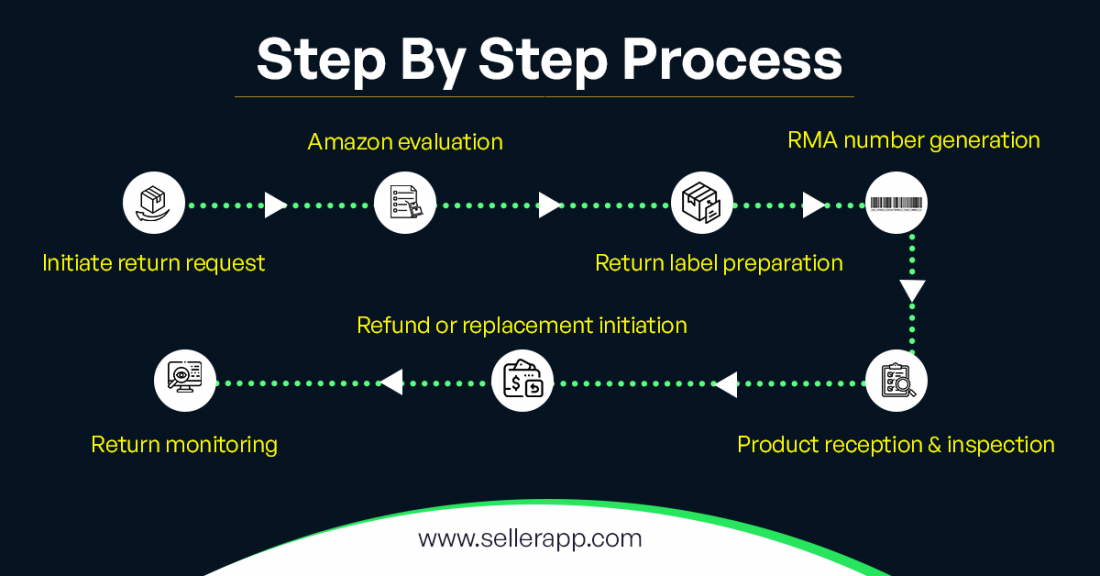
- Return Request Initiation: When a customer initiates a return request for a product purchased from an FBA seller, Amazon’s automated system processes the request.
- Amazon’s Evaluation: Amazon’s system assesses the return request to determine if it aligns with the return policy. If the request is within the Amazon return window, then Amazon approves the return request.
- RMA Number Generation: Amazon assigns a unique RMA number to the transaction once the return request is approved. This RMA number serves as a reference for tracking the return throughout the process.
- Prepaid Return Label: Amazon generates a prepaid return label for the customer, allowing them to ship the item back to the FBA fulfillment center at no cost. The RMA number is included on the return label.
- Item Reception and Inspection: Upon receiving the returned item at the FBA fulfillment center, Amazon’s staff inspects the product.
If the item is in sellable condition, it is returned to the inventory for future orders. Amazon then refunds you a part of the referral fee and the variable closing fees associated with the product.
If the product is unsellable due to Amazon, then the product is not added to inventory. Amazon also refunds you the selling price + part of the referral fee + taxes.
At last, if the defect is caused by the seller, then the product is not added to the inventory, and Amazon refunds you the full referral fee + the variable closing fees.
- Monitoring and Insights: FBA sellers can track their returns on the Seller Central account, including reasons for returns and reimbursements. This data provides valuable insights into return trends and product quality.
Amazon FBM
Now that you know how the Amazon RMA process works on FBA, let’s see how it works under FBM:
- Return Request Initiation: When a customer initiates a return request for a product purchased from an FBM seller, Amazon handles the request in two ways.
- Automated Authorization: If the return request falls under Amazon’s 30-day return policy, then Amazon automatically authorizes the return request.
- Manual Authorization: If the return request doesn’t fall under any Amazon policy, then sellers have the flexibility to authorize the return requests.
- Processing Return Requests: Log in to your Seller Central account and go to “Manage Returns” from the left sidebar to process return requests.
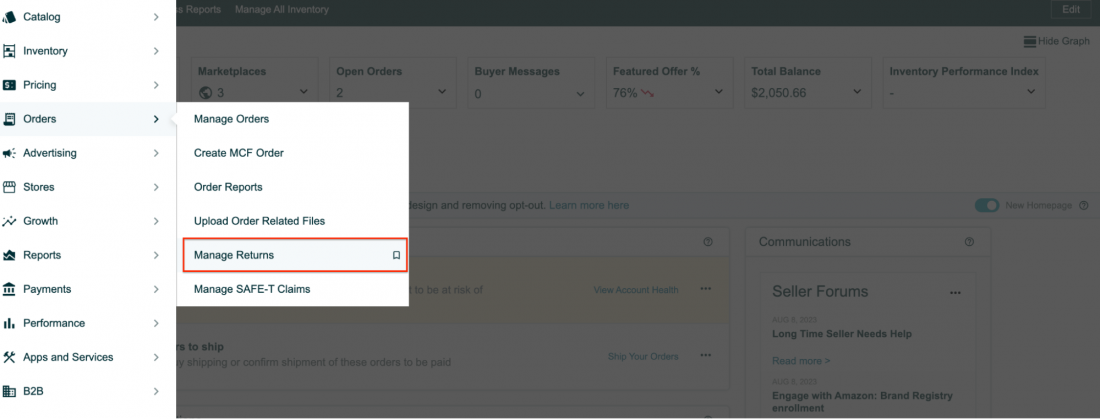
Go to the “Pending Actions” tab to see all the pending requests.

For each return request, you’ll have four action buttons, such as “Authorize,” “Deny request,” “Issue refund,” and “Contact Buyer.”
Once you authorize a return request, Amazon gives you two options – You can use a pre-generated RMA number from Amazon or create your custom RMA number for the return.
Buyers also get a copy of the RMA number in a return authorization slip, which they can print and attach to the product to return.
Best Practices For Dealing With Amazon Returns
If you are an Amazon seller, you know that returns are inevitable.
Customers may change their minds, receive a damaged product, or simply not like what they ordered.
While returns can be frustrating and costly, they are also an opportunity to provide excellent customer service and build trust with your buyers.
Here are some best practices for dealing with Amazon returns for sellers and how to minimize their impact on your business.
Contact Customer Within 24 Horus
When a customer initiates a return request, respond to them within 24 hours and provide them with the necessary information. Also, thank them for their purchase and apologize for any inconvenience caused by the return.
This shows that you care about customer satisfaction and value their feedback. Also, keep track of the return status and issue a refund as soon as you receive the item. If there is any delay or problem with the return process, inform the customer and offer a solution.
Use Amazon’s Prepaid Return Labels
One of the easiest ways to handle returns is to use Amazon’s prepaid return labels. This solution allows you to generate a return label and have Amazon handle the logistics, including receiving, inspecting, and processing the returned item.
This will save you time and hassle, as well as reduce the risk of negative feedback or claims from customers.
Analyze Return Data and Identify Areas For Improvement
Returns can provide valuable insights into your products, customers, and business performance. Regularly review your return data and look for patterns, trends, and root causes of returns.
For example, you may find that certain products have higher return rates than others or that customers are unhappy with your product’s quality, size, or color.
Use this information to improve your product descriptions, photos, packaging, quality control, inventory management, and customer service.
Turn Returns Into Opportunities For Repeat Business
Returns are not necessarily bad for your business as long as you handle them well and turn them into opportunities for creating loyal customers and advocates.
You can do this by offering incentives for future purchases, such as discounts, coupons, free shipping, or loyalty points.
Also, ask customers to leave a positive review or rating if they are satisfied with your service and prompt resolution.
With this, you can turn a negative experience into a positive one and increase your chances of getting repeat business and referrals from your customers.
Final Thoughts
It is important for sellers to handle returns efficiently and promptly, as it can affect the reputation of the business and customer satisfaction.
However, the seller’s job doesn’t end with authorizing return requests. They should build a solid system that helps them reduce Amazon’s returns in the future.
In addition to that, it’s crucial to analyze all your product metrics to stay on top of your business and optimize them for maximum profit.
Fortunately, an e-commerce analytics platform like SellerApp can help you do that. With multiple features like product intelligence, listing quality analyzer, and PPC automation, SellerApp can help you create better listings, optimize PPC ads, manage inventory, and make better profits.
Make the smart choice and sign up for SellerApp to elevate your business to new heights, or schedule a demo here.
Additional read:
How does AmazonAI review summaries work?
7 Tips for Better Amazon Copywriting



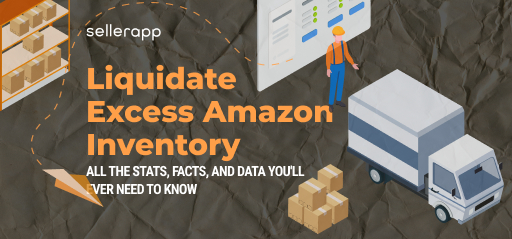

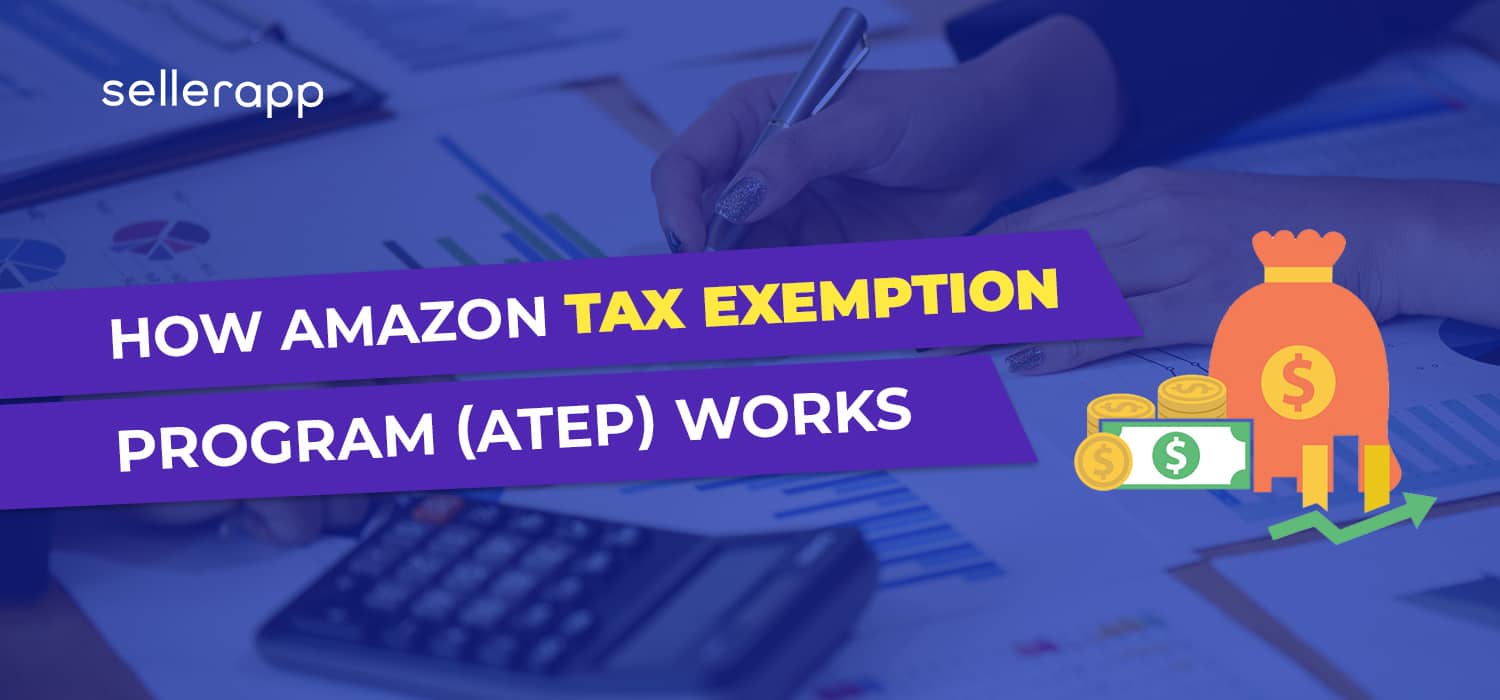




Liam Hillstone
September 13, 2023Quick but impactful. Well done!
Clare Thomas
March 12, 2024Thank you!
Dolly Menashe
November 15, 2023Just what I needed! This guide on Amazon RMA is concise, clear, and a lifesaver for navigating returns hassle-free.
Clare Thomas
March 12, 2024Very happy to hear that.
Zack Mills
November 17, 2023Finally, a straightforward guide to Amazon RMA! This article breaks it down without the confusion
Clare Thomas
March 12, 2024Thank you! I’m glad you found the guide helpful in navigating Amazon’s RMA process.